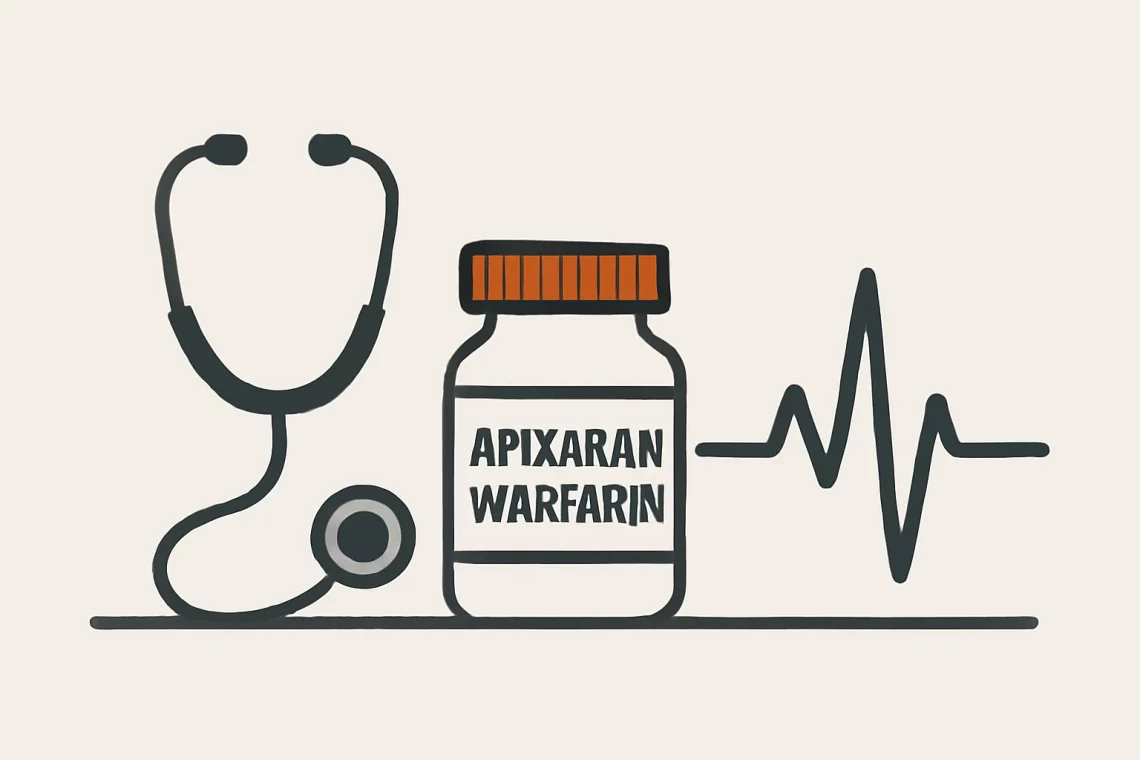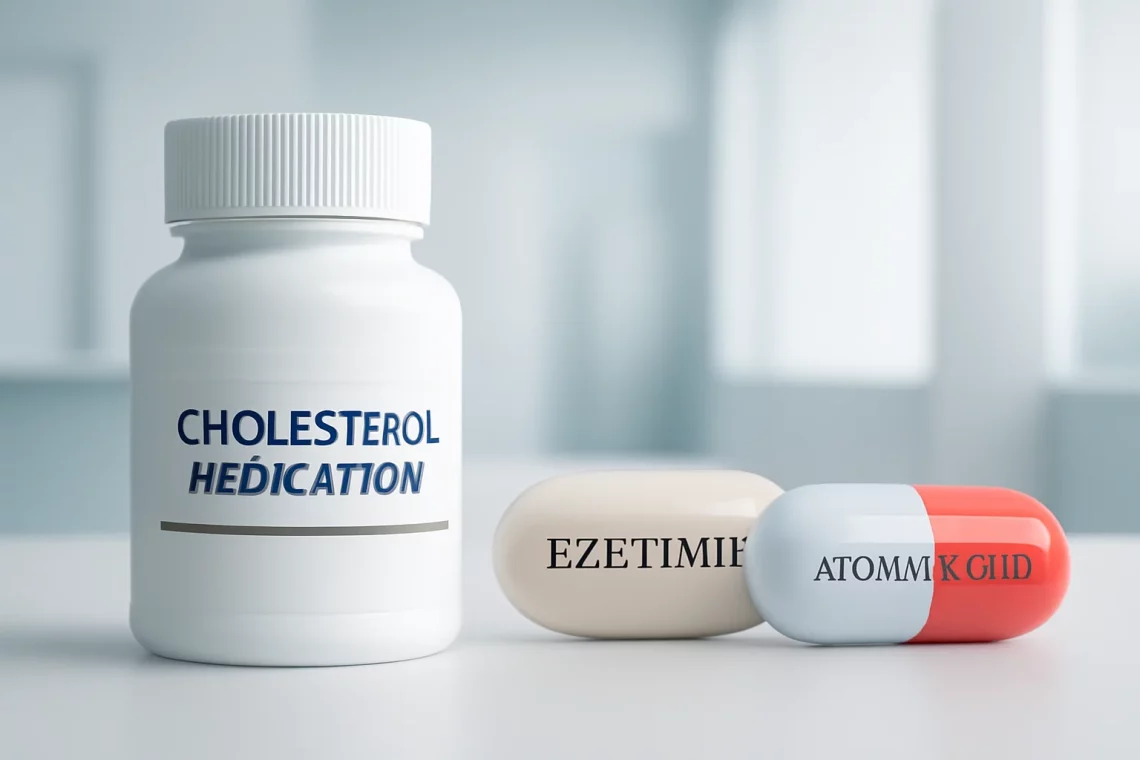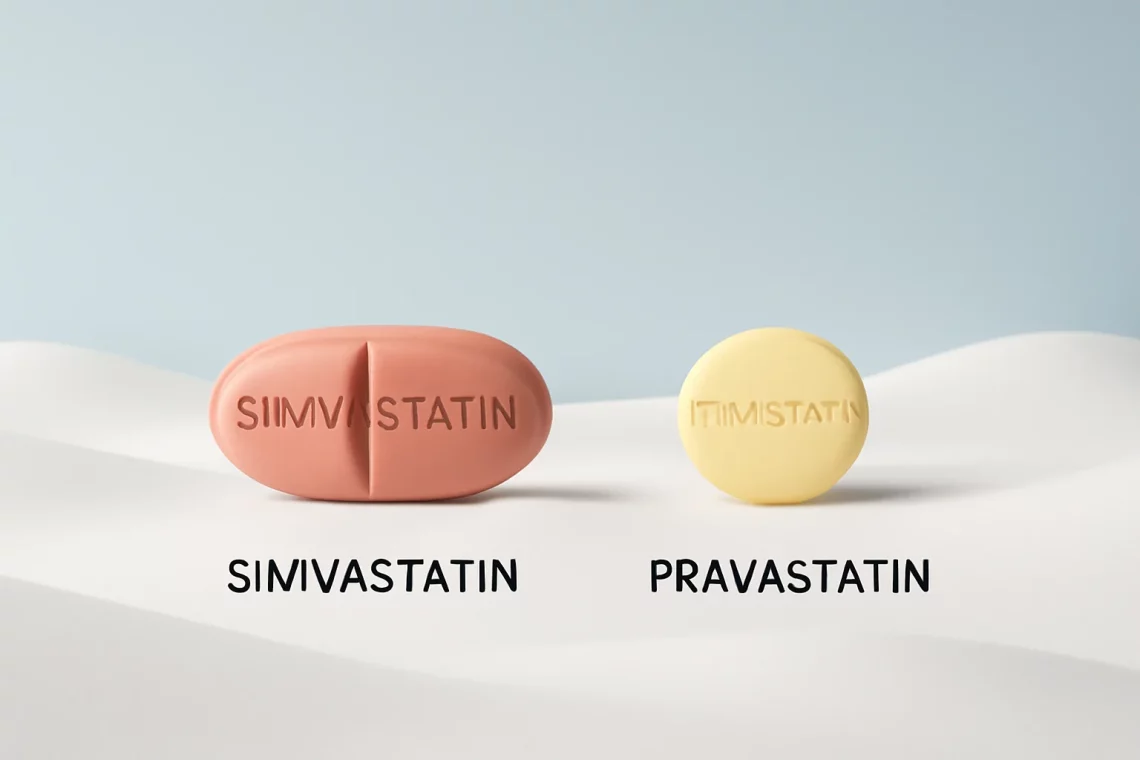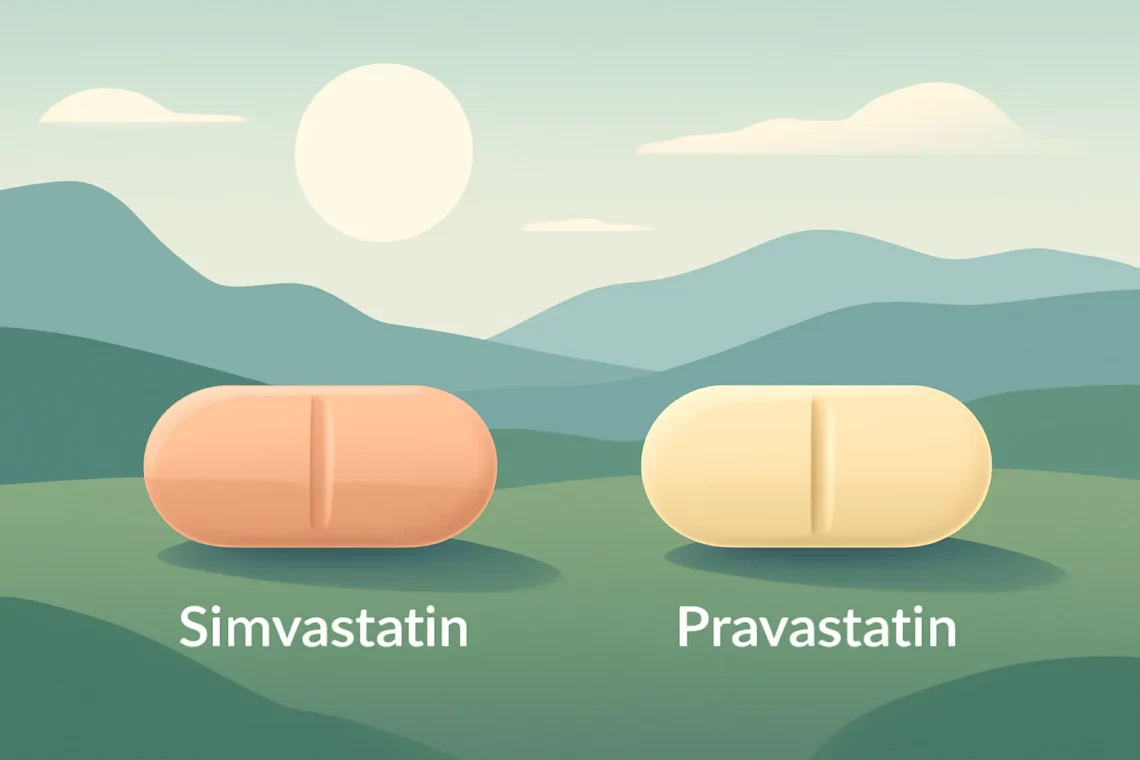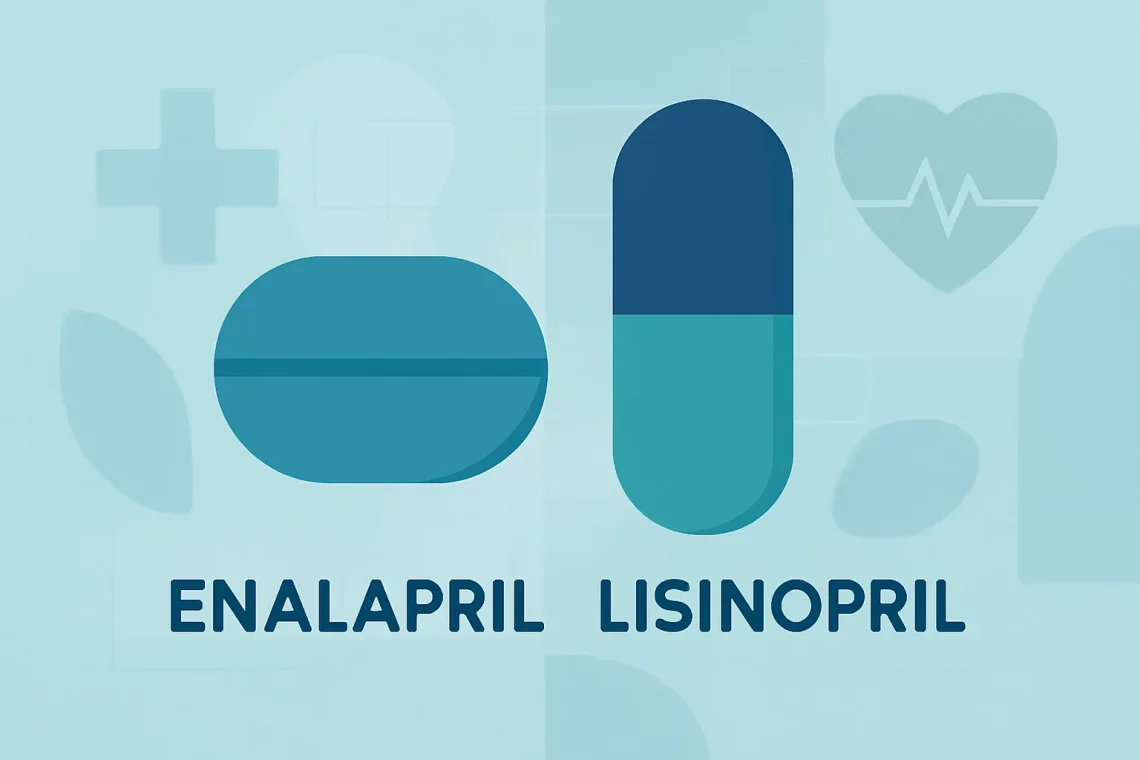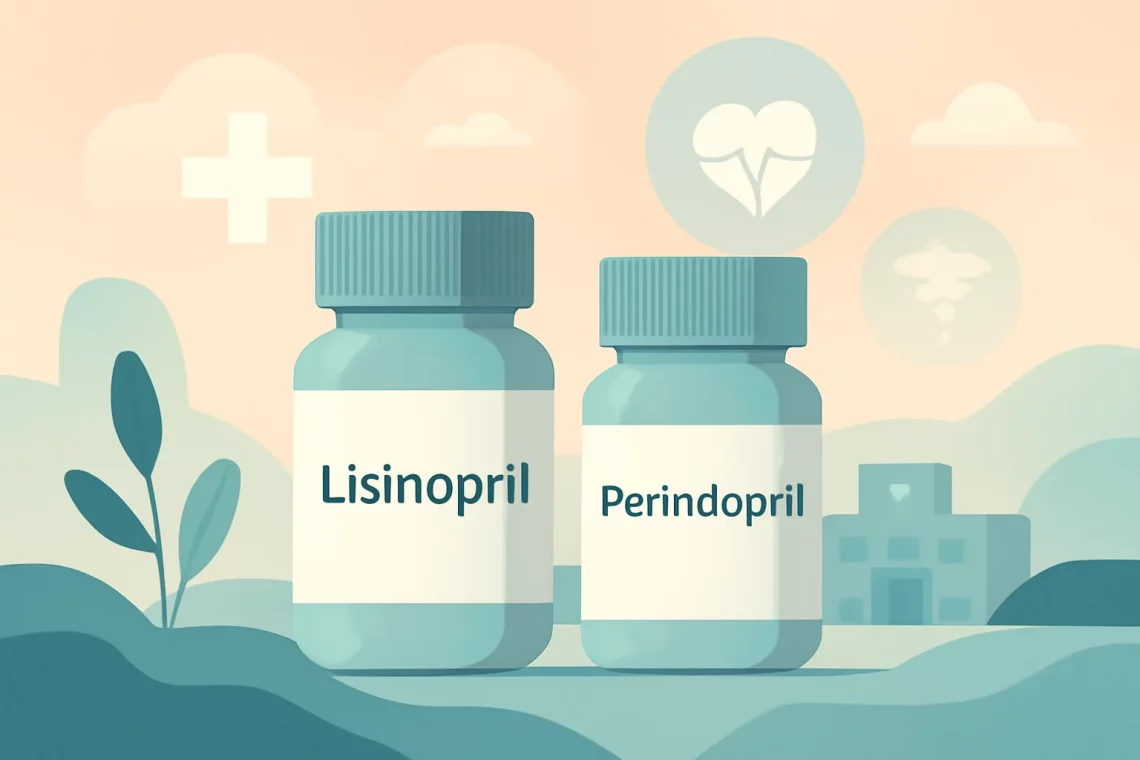-
Apixaban vs Warfarin: Choosing the Right Anticoagulant for You
Apixaban and warfarin are two anticoagulant medications commonly prescribed to prevent blood clots and reduce the risk of stroke in patients with certain medical conditions, such as atrial fibrillation and deep vein thrombosis. Both drugs serve the same primary purpose, yet they operate through different mechanisms and possess distinct characteristics that influence their use in clinical practice. Understanding the nuances between these two medications is essential for patients and healthcare professionals alike, as it can significantly impact treatment outcomes and overall patient safety. Anticoagulation therapy is pivotal in managing conditions associated with thromboembolic events. As healthcare continues to evolve, the choice between apixaban and warfarin has become a topic of…
-
Ezetimibe vs Atorvastatin: Which Cholesterol Medication is Right for You?
Ezetimibe and atorvastatin are two widely used medications that play a crucial role in managing cholesterol levels and reducing the risk of cardiovascular diseases. As heart disease remains a leading cause of morbidity and mortality worldwide, the importance of effective cholesterol-lowering strategies cannot be overstated. Both medications target lipid metabolism but through different mechanisms, which can lead to varying effects and outcomes for patients. Understanding the distinctions between these two drugs is essential for both healthcare professionals and patients alike, as it enables informed decisions regarding treatment options. Ezetimibe is primarily known for its ability to inhibit the absorption of cholesterol in the intestines, while atorvastatin is classified as a…
-
Entresto vs Carvedilol: A Comprehensive Comparison for Heart Health
Entresto and Carvedilol are two medications commonly used in the management of heart-related conditions, particularly heart failure. Both drugs, while serving similar purposes, have distinct mechanisms of action and therapeutic effects. As heart disease remains one of the leading health issues globally, understanding the nuances between these two medications can be crucial for patients and healthcare providers alike. Entresto, a combination of sacubitril and valsartan, is a relatively newer medication that has gained attention for its ability to reduce hospitalizations and improve outcomes in patients with heart failure with reduced ejection fraction. On the other hand, Carvedilol, a non-selective beta-blocker with alpha-blocking properties, has been a staple in heart failure…
-
Simvastatin vs Pravastatin: Which Statin Is Right for You?
Cholesterol management is a vital aspect of maintaining heart health, especially in an age where lifestyle diseases are on the rise. Among the various medications available to manage cholesterol levels, statins are among the most commonly prescribed. Simvastatin and pravastatin are two prominent members of this drug class, known for their effectiveness in lowering low-density lipoprotein (LDL) cholesterol, often referred to as “bad” cholesterol. Both medications work by inhibiting an enzyme that plays a central role in cholesterol production in the liver, thus helping reduce the overall cholesterol levels in the bloodstream. Understanding the nuances between simvastatin and pravastatin can empower patients and healthcare providers to make informed decisions tailored…
-
Simvastatin vs Pravastatin: Which Statin is Right for You?
Cholesterol management is a critical aspect of maintaining overall health and preventing cardiovascular diseases. With an increasing number of individuals experiencing elevated cholesterol levels, the demand for effective treatments has surged. Among the most commonly prescribed medications for lowering cholesterol are statins, which work by inhibiting cholesterol production in the liver. Simvastatin and pravastatin are two popular options in this category, each with its own unique profile of benefits and side effects. Understanding the differences between these two medications can empower patients to make informed decisions about their treatment options. This article delves into the mechanisms, benefits, and potential side effects of simvastatin and pravastatin, providing insights that are essential…
-
Rivaroxaban vs Apixaban: Choosing the Right Anticoagulant for You
Rivaroxaban and apixaban are two widely used anticoagulant medications that play a crucial role in the management of thromboembolic disorders. As blood thinners, they help prevent the formation of harmful blood clots that can lead to serious conditions such as stroke, deep vein thrombosis, and pulmonary embolism. The increasing prevalence of cardiovascular diseases, along with the aging population, has led to a greater demand for effective anticoagulant therapies. Both medications belong to a class of drugs known as direct oral anticoagulants (DOACs), which have gained popularity due to their favorable safety profiles and ease of use compared to traditional anticoagulants like warfarin. Patients often face the dilemma of choosing between…
-
Enalapril vs Lisinopril: Which Medication is Right for You?
Enalapril and lisinopril are two widely used medications in the treatment of hypertension and heart failure. Both belong to the class of medications known as ACE inhibitors, which play a crucial role in managing blood pressure by relaxing blood vessels. This leads to improved blood flow and reduced workload on the heart. Despite their similarities, enalapril and lisinopril possess distinct characteristics that may influence a healthcare provider’s choice of one over the other for a particular patient. The decision often hinges on various factors, including the patient’s overall health profile, other underlying conditions, and potential interactions with other medications. The way these drugs are metabolized and eliminated from the body…
-
Amlodipine vs Nifedipine: Which is Better for Your Heart Health?
Amlodipine and nifedipine are both medications used primarily in the management of hypertension and certain forms of angina. As calcium channel blockers, they work by relaxing the blood vessels, allowing for improved blood flow and reduced strain on the heart. Although they share a common mechanism, the two medications differ in their pharmacological properties, indications, and side effects. Understanding these differences can help patients and healthcare providers make informed decisions regarding the best treatment options. Hypertension, often referred to as high blood pressure, is a chronic condition that can lead to severe health complications if not managed properly. The prevalence of hypertension has been on the rise, prompting the need…
-
Lisinopril vs Valsartan: Which Medication is Right for You?
The management of hypertension and heart-related conditions is critical in promoting overall wellness. Among the various pharmacological agents available, Lisinopril and Valsartan are two commonly prescribed medications that have garnered significant attention. Both drugs are utilized for treating high blood pressure and heart failure, yet they belong to different classes and operate through distinct mechanisms. Understanding the nuances of these medications can empower patients and healthcare providers to make informed decisions regarding treatment options. Lisinopril is an angiotensin-converting enzyme (ACE) inhibitor, while Valsartan is classified as an angiotensin II receptor blocker (ARB). The differences in their mechanisms of action can influence their efficacy, side effects, and overall patient experience. Furthermore,…
-
Lisinopril vs Perindopril: Key Differences and Uses Explained
Lisinopril and Perindopril are two widely used medications that belong to the class of drugs known as ACE inhibitors (Angiotensin-Converting Enzyme inhibitors). These medications play a crucial role in the management of various cardiovascular conditions, particularly hypertension (high blood pressure) and heart failure. The increasing prevalence of these conditions has made it essential for healthcare providers and patients alike to understand the differences and similarities between these two therapeutic agents. Both Lisinopril and Perindopril work by inhibiting the action of the ACE enzyme, which is responsible for converting angiotensin I to angiotensin II – a potent vasoconstrictor that can elevate blood pressure. By blocking this enzyme, both medications help to…
